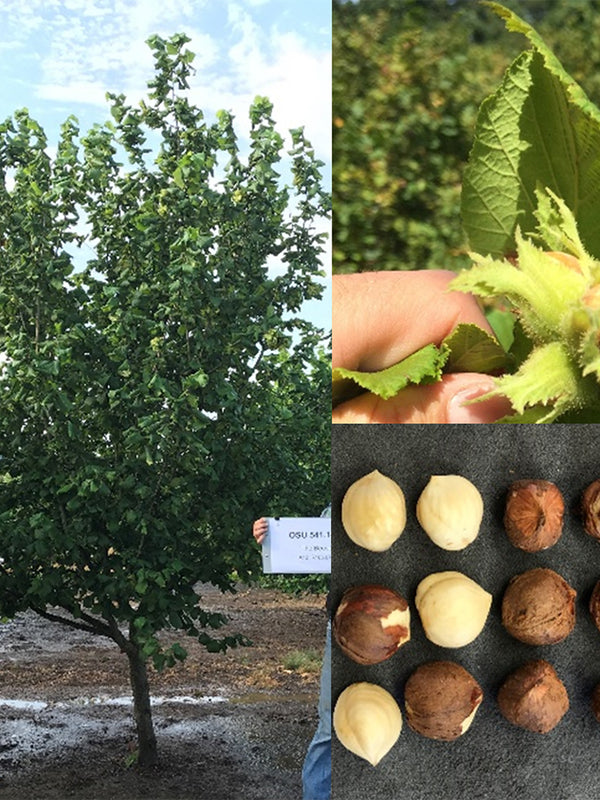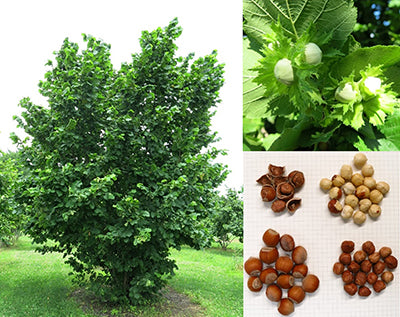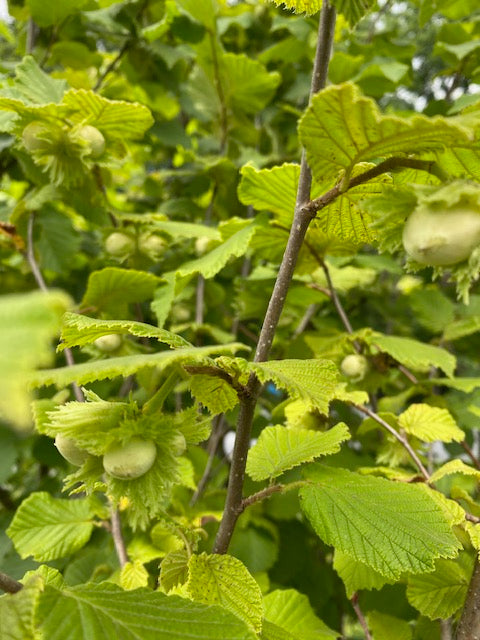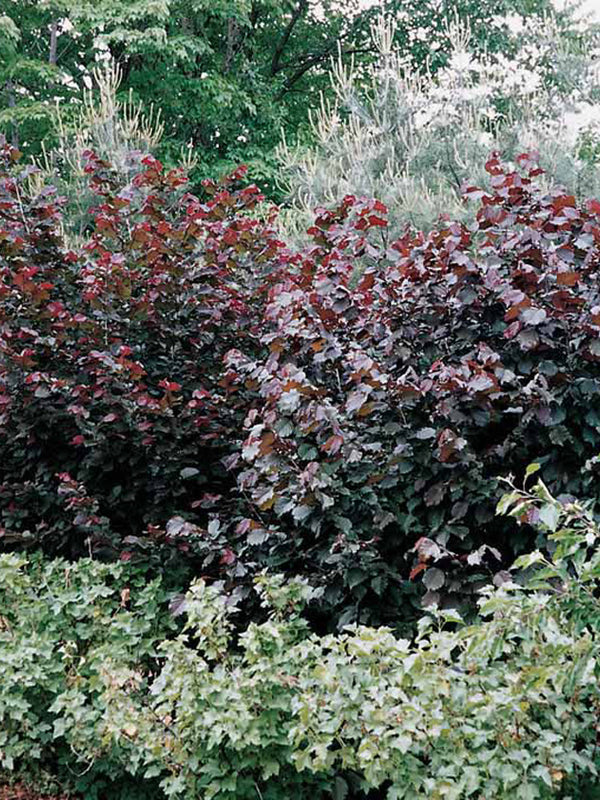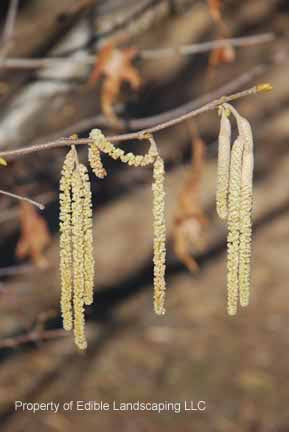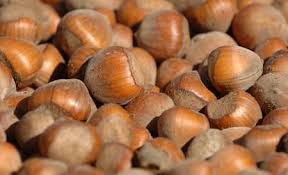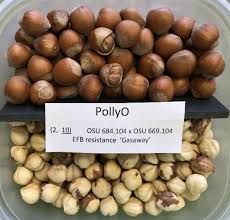
Corylus americana
Winkler Native American Filbert is a hard to find self fertile bush. It produces larger nuts and is more productive than most native seedlings. Originally from Iowa, introduced in 1918. The bush 6' tall and wide is not susceptible to blight. Ease of care and dependable bearing makes this plant a highly sought after variety. Its small size and good looks make it popular with home owners. Space 8' circle. Zone 4-7
| Plant Characteristics | |
|---|---|
| Pest Resistance | Excellent |
| Disease Resistance | Excellent |
| Drought Tolerance | Good |
| Heat Tolerance | Very Good |
| Humidity Tolerance | Excellent |
| Sun Tolerance | Very Good |
| Wet Soil Tolerance | Fair |
| Shade Tolerance | Good |
| No Spray | Excellent |
| Salt Tolerance | Poor |
| Fresh for Kids | Very Good |
| Deer Resistance | Fair |
| Thorns | No |
| Plant Type | Shrub |
| Soil Type | Adaptable |
| Edible Type | Nut |
| Self Fertile | Yes |
| This information is accurate to the best of our knowledge, comments/opinions are always welcome | |
Filbert Care Guide
Filberts also called hazelnuts or hazels, filberts are deciduous shrubs 6' to 30' which produce small nuts in the fall. They grow best in zones 8 and 9 in the Northwest, but to well in 6 and 7 pretty much throughout the country. Self-unfruitful; plant at least two varieties.
Culture
Plant filberts in a spot protected from bitter winter winds. The plants do not have tap roots, but put down very deep roots. They should have a deep, well drained, fertile, humus soil. In colder climates, where plants don't grow as large they need a space only 10 to 12' across.
Because filberts are small trees, it is more practical to mulch then than larger nut trees. Use hay, leaves, or other organic material. The nutrients the mulch contributes to the soil is important to maintain of vigorous growth and good nut production. Further to promote growth, you should fertilize the plants with a balanced fertilizer such as 20-10-10. Apply 1/2 cup after the young plants are making growth; 1 cup the next year; and from then on increase the dosage by 1 cup a year until you reach 6. This is about the maximum for cold climates; but in milder areas, you can increase the supply 30 to 50%.
Filberts start to bear two or three years after they are planted. They reach good production three or four years later, but are likely to become erratic after ten years unless they are pruned severely.
Nuts are harvested from the ground after they drop. If the husks remain, these must be removed. The nuts should then be spread out in a warm dry, shady place to dry.
Filberts also called hazelnuts or hazels, filberts are deciduous shrubs 6' to 30' which produce small nuts in the fall. They grow best in zones 8 and 9 in the Northwest, but to well in 6 and 7 pretty much throughout the country. Self-unfruitful; plant at least two varieties.
Culture
Plant filberts in a spot protected from bitter winter winds. The plants do not have tap roots, but put down very deep roots. They should have a deep, well drained, fertile, humus soil. In colder climates, where plants don't grow as large they need a space only 10 to 12' across.
Because filberts are small trees, it is more practical to mulch then than larger nut trees. Use hay, leaves, or other organic material. The nutrients the mulch contributes to the soil is important to maintain of vigorous growth and good nut production. Further to promote growth, you should fertilize the plants with a balanced fertilizer such as 20-10-10. Apply 1/2 cup after the young plants are making growth; 1 cup the next year; and from then on increase the dosage by 1 cup a year until you reach 6. This is about the maximum for cold climates; but in milder areas, you can increase the supply 30 to 50%.
Filberts start to bear two or three years after they are planted. They reach good production three or four years later, but are likely to become erratic after ten years unless they are pruned severely.
Nuts are harvested from the ground after they drop. If the husks remain, these must be removed. The nuts should then be spread out in a warm dry, shady place to dry.
Related Product
FROM_JS
jsprice
jsprice
FROM_JS
FROM_JS
Add to cart
Added
Limit Products
Wait..
Translation missing: en.general.search.loading
x

